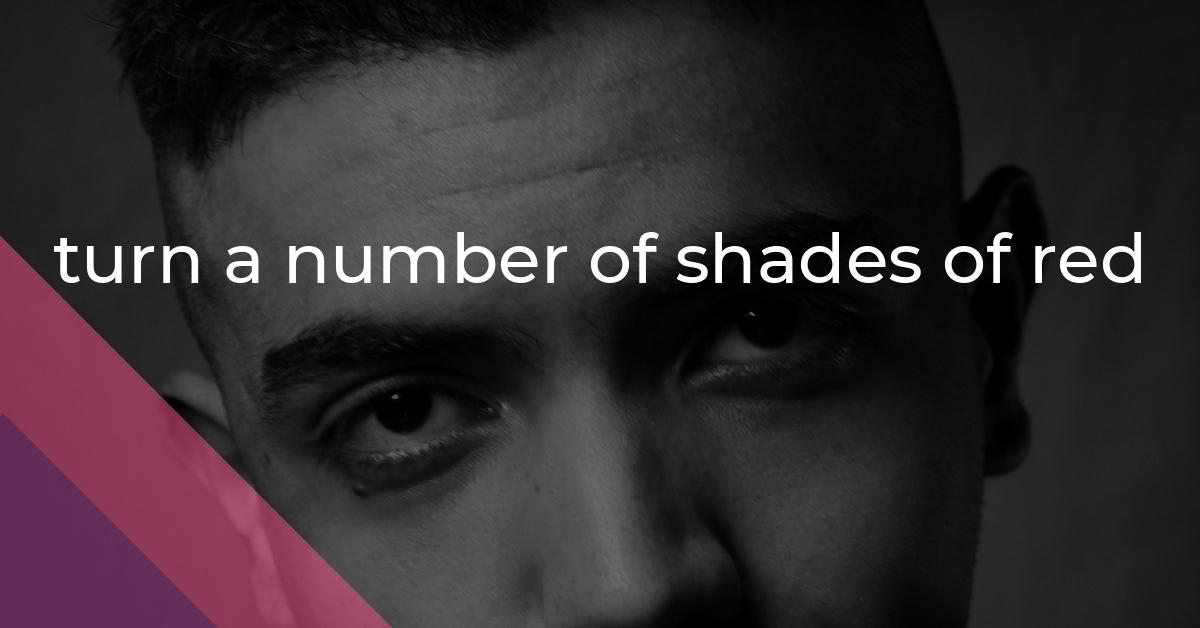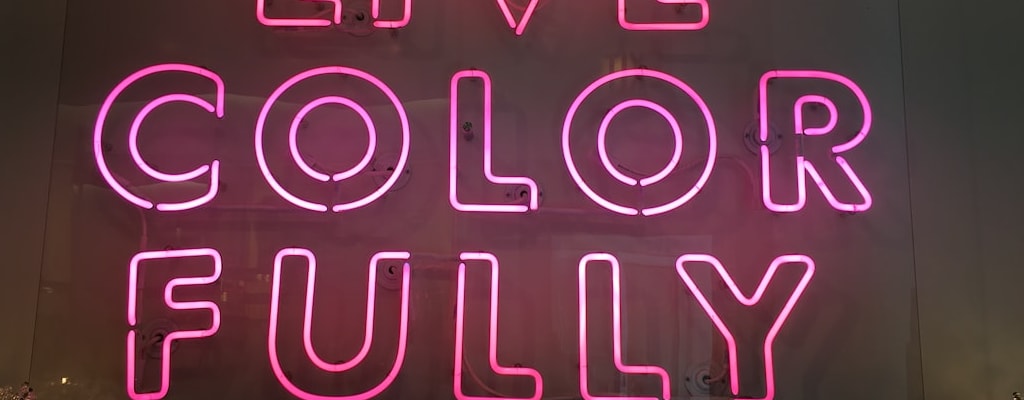turn a number of shades of red: Idiom Meaning and Origin
What does ‘turn a number of shades of red’ mean?
The idiom "turn a number of shades of red" means to become extremely embarrassed or ashamed, causing one's face to flush with redness.

Idiom Explorer
The idiom "turn in one's grave" means to experience strong disapproval or disappointment, symbolically imagined as the deceased person's reaction to a particular event or situation.
The idiom "turn a hair" means to show no sign of fear, surprise, or concern in a difficult or risky situation.
The idiom "take a turn for the worse" means that a situation or someone's condition has deteriorated or become more negative than before.
The idiom "spare someone's blushes" means to prevent someone from feeling embarrassed or ashamed in a particular situation.
The idiom "shut one's face" means to stop talking or to be quiet. It is a rude and direct way of telling someone to be silent or stop speaking. This phrase is considered impolite and should be used cautiously, as it may offend or upset others.
The idiom "shit one's pants" is a vulgar expression that means to be extremely frightened or surprised to the point of losing control of one's bodily functions.
The idiom "see yellow" means to become angry or irritable, often due to a frustrating or annoying situation.
The idiom "reduce someone to tears" means to make someone cry or become extremely upset.
The idiom "red face test" is a metaphorical expression that refers to a situation where someone is embarrassed or ashamed by their actions or words. It implies a test of one's honesty, credibility, or integrity, as one might turn red in the face when feeling guilty or caught in a lie.
A Blushing Spectrum
According to available sources on the internet, the idiom "turn a number of shades of red" is used to describe someone becoming extremely embarrassed or ashamed in a particular situation. The idiom suggests that the person's face blushes intensely, to the point that it changes color and becomes red.
One possible origin of this idiom can be traced back to the physiological response of blushing. Blushing occurs when blood vessels in the face dilate, causing the face to become red. This natural reaction is triggered by intense emotions such as embarrassment or shame. The idiom "turn a number of shades of red" metaphorically captures this phenomenon to describe the extent of someone's embarrassment.
The idiom emphasizes the intensity of the embarrassment or shame experienced by an individual. The phrase "a number of shades" suggests that the person's face becomes red to an extreme degree, indicating a heightened level of humiliation. The variation in the shades of red further accentuates the idea that the person's embarrassment extends beyond a simple blush to a more profound and visible reaction.
When using this idiom, it is important to note that the expression is figurative and not meant to be taken literally. It does not refer to an actual visual assessment of the person's face turning multiple colors, but rather serves as a vivid way to convey the intensity of the individual's emotional state.
The idiom "turn a number of shades of red" is commonly used in informal or colloquial settings, often in spoken language. It can be employed in various contexts to describe situations in which someone feels deeply embarrassed or ashamed. By using this idiom, speakers can effectively communicate the extent of someone's emotional turmoil without resorting to explicit descriptions or lengthy explanations.
The idiom is related to the "red face test" idiom. This idiom refers to a situation where a person's face becomes red due to embarrassment or shame, similar to "turn a number of shades of red". The "red face test" idiom is often used to describe the visible signs of someone's embarrassment or shame.
Similarly, the idiom "see red" is related to "turn a number of shades of red". "See red" is used to describe someone becoming extremely angry or furious, causing their face to become red due to heightened emotions. While "turn a number of shades of red" focuses on embarrassment or shame, "see red" emphasizes intense anger or fury.
On the other hand, the idiom "see yellow" is also related to "turn a number of shades of red" in terms of facial expressions. "See yellow" is used to describe someone becoming fearful or cowardly, causing their face to lose color and become lighter, contrasting with the redness associated with embarrassment or shame.
Another related idiom is "spare someone's blushes". This idiom means to prevent someone from experiencing embarrassment or shame in a particular situation. It is often used when someone intervenes or takes action to protect another person's emotions or reputation.
While the origins of this idiom are not definitively documented, its usage and understanding are prevalent in the English language. This idiom has become deeply ingrained in the cultural consciousness, allowing individuals to employ it intuitively to express intense embarrassment. Its popularity and widespread use contribute to its recognition and effectiveness in conveying emotional states.
The idiom "turn a number of shades of red" is an expressive way to describe extreme embarrassment or shame, metaphorically alluding to the physiological response of blushing. This idiom captures the intensity of emotions experienced by an individual and is frequently used in colloquial language. Although its precise etymology remains uncertain, its usage and recognition in the English language are well-established, making it a powerful tool for communication.
Example usage
Examples:
1. When the teacher criticized her in front of the whole class, she turned a number of shades of red.
2. As the CEO was caught lying about company finances during the board meeting, his face turned a number of shades of red.
3. When he mistakenly called his boss by the wrong name, he turned a number of shades of red from embarrassment.
More "Blushing" idioms
We missed the mark - nothing found.



